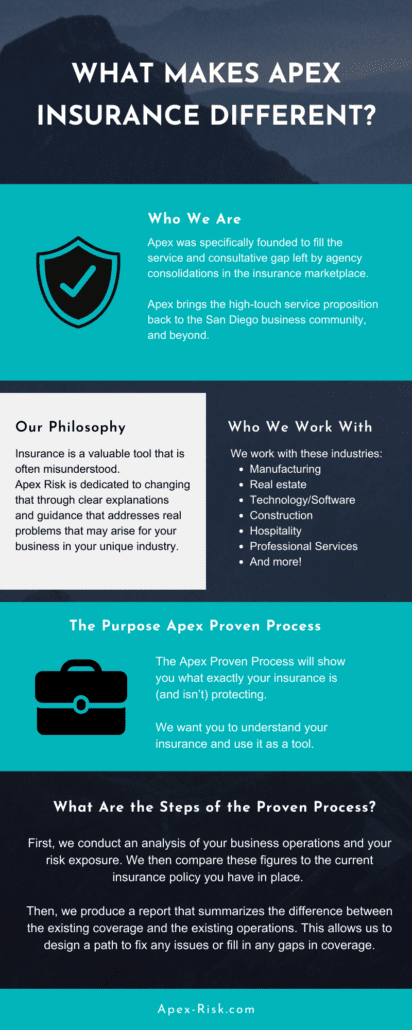Pacific Prime for Dummies
Pacific Prime for Dummies
Blog Article
Rumored Buzz on Pacific Prime
Table of ContentsA Biased View of Pacific PrimeThings about Pacific PrimeNot known Details About Pacific Prime All About Pacific PrimeNot known Details About Pacific Prime

This is since the information were gathered for a period of strong financial efficiency. Of the approximated 42 million people who were without insurance, almost about 420,000 (regarding 1 percent) were under 65 years old, the age at which most Americans become eligible for Medicare; 32 million were adults between ages 18 and 65, around 19 percent of all grownups in this age; and 10 million were children under 18 years old, about 13.9 percent of all children (Mills, 2000).
These quotes of the number of persons without insurance are created from the annual March Supplement to the Current Population Survey (CPS), conducted by the Census Bureau. Unless otherwise noted, nationwide estimates of people without medical insurance and proportions of the population with different kinds of protection are based on the CPS, the most commonly utilized source of estimates of insurance coverage and uninsurance rates.
Pacific Prime Can Be Fun For Everyone

Still, the CPS is particularly helpful because it generates yearly quotes reasonably promptly, reporting the previous year's insurance policy coverage approximates each September, and since it is the basis for a regular collection of quotes for greater than two decades, enabling for evaluation of trends in insurance coverage gradually. For these reasons, as well as the extensive use the CPS in other researches of insurance coverage that are provided in this report, we depend on CPS estimates, with limitations kept in mind.

The price quote of the number of without insurance people broadens when a population's insurance condition is tracked for several years. Over a three-year duration beginning early in 1993, 72 million people, 29 percent of the U.S. https://www.metal-archives.com/users/pacificpr1me. population, lacked protection for at the very least one month. Within a solitary year (1994 ), 53 million individuals experienced at the very least a month without coverage (Bennefield, 1998a)
6 out of every ten without insurance adults are themselves used. Although working does boost the possibility that and one's member of the family will have insurance policy, it is not an assurance. Even members of family members with two full time wage earners have nearly a one-in-ten opportunity of being uninsured (9.1 percent without insurance price) (Hoffman and Pohl, 2000).
The Of Pacific Prime
New immigrants represent a significant proportion of people without medical insurance. One evaluation has attributed a substantial portion of the recent growth in the dimension of the united state without insurance populace to immigrants that got here in the country in between 1994 and 1998 (Camarota and Edwards, 2000). Current immigrants (those that came to the United States within the past four years) do have a high rate of being uninsured (46 percent), but they and their kids make up just 6 percent of those without insurance nationally (Holahan et al., 2001).
The relationship between health insurance coverage and access to care is well established, as documented later on in this chapter. Although the partnership in between health and wellness insurance coverage and wellness outcomes is neither straight neither straightforward, an extensive professional and health and wellness services research literary works web links health insurance policy coverage to improved accessibility to care, much better high quality, and boosted individual and populace health status.
Degrees of evaluation for analyzing the effects of uninsurance. It focuses particularly on those without any health and wellness insurance policy for any length of time.
Things about Pacific Prime
The issues faced by the underinsured are in some aspects similar to those faced by the without insurance, although they are typically much less serious. Health insurance coverage, nevertheless, is neither necessary neither sufficient to get accessibility to medical solutions. The independent and direct impact of health insurance protection on access to wellness services is well established.
Others will certainly acquire the health care they require even without medical insurance, by spending for it expense or seeking it from providers who supply treatment cost-free or at extremely subsidized prices. For still others, health insurance coverage alone does not make certain receipt of care due to various see here other nonfinancial barriers, such as a lack of healthcare suppliers in their community, restricted accessibility to transportation, illiteracy, or etymological and social differences.
The smart Trick of Pacific Prime That Nobody is Discussing
Formal research study concerning without insurance populations in the USA dates to the late 1920s and very early 1930s when the Board on the Expense of Healthcare generated a collection of reports about financing doctor office check outs and hospitalizations. This problem became salient as the numbers of medically indigent climbed up during the Great Anxiety.
Report this page